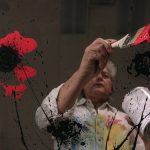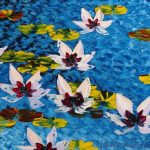Behind the Artist: Nano Lopez
Few contemporary artists have made more of an impact on the world of sculpture than Nano Lopez.
His instantly recognizable “Nanimal” sculptures are collected around the globe, and he continues to innovate and inspire with his remarkable bronze work.
But how can one describe the joyful feeling of a Lopez sculpture? To view one of his works is to accept Lopez’s invitation to play, explore, and appreciate the splendor of the world.
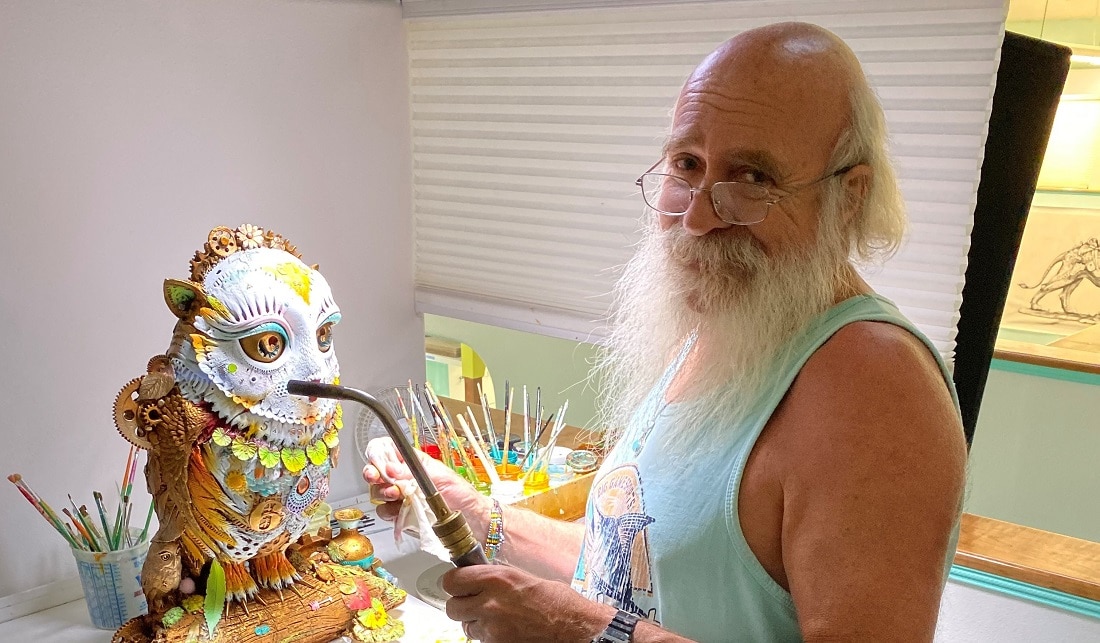
Nano Lopez at work
With his imaginative bronze figures, Lopez creates amalgamations of folklore, science, industry, and nature. In each sculpture, the interplay of organic and man-made objects alludes to Lopez’s strong belief that life, in its countless forms, is beautiful.
“Everything is a miracle, everything is amazing—life in general, all life is amazing,” he says. “The richness of the world is inspiration.”
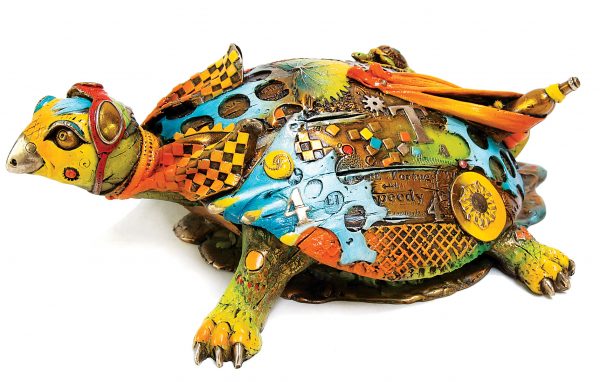
“Tracy (the Fast)” (2015), Nano Lopez
Growing up in Bogota, Colombia exposed Lopez to a wide spectrum of vivid colors and wildlife. He studied at multiple schools, including the prestigious Superior National School of Beaux Arts in Paris, as well as under the tutelage of talented sculptors.
He moved to the Pacific Northwest in the United States and eventually opened his own business in 1987 for model-making and reducing or enlarging sculptures.
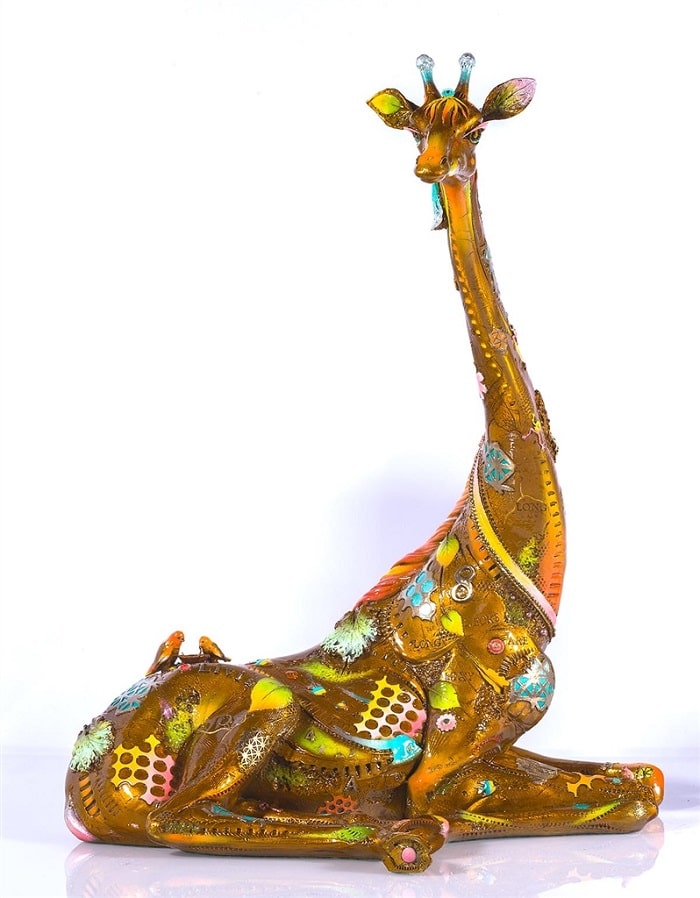
“Olivia” (2017), Nano Lopez
In 2001 and 2002, he designed and built his own custom facility in Walla Walla, Washington, which became so successful that it focused solely on producing Lopez’s original fine art.
Lopez often refers to digging for answers when speaking about his art. This can be digging just below the surface in studies of anatomy or literally digging into the earth to see how life interacts below our feet.
Nano Lopez’s Shift in Style
In his early career, Lopez focused on creating sinewy, human figures darkened by the patina process. Often posing his figures struggling against exterior forces and bonds, these sculptures reflect Lopez’s exploration of the passage of time, the fragility of the human body, and society.
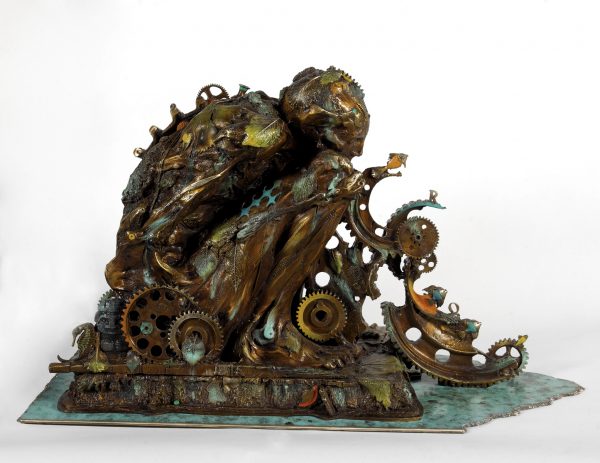
“Autumn Man” (2016), Nano Lopez
In contrast, his whimsical “Nanimals” are brightly colored animals, each posed in playful ways and with cheerful expressions. Lopez gives each Nanimal a name as well as a story about its personality, which often emerge during the creative process. Lopez jokes that he asks his sculptures which names they like until one sticks.
“Sometimes the piece might have the basic story from the beginning, but sometimes the story develops,” Lopez says. “I always say I have communication with the piece.”
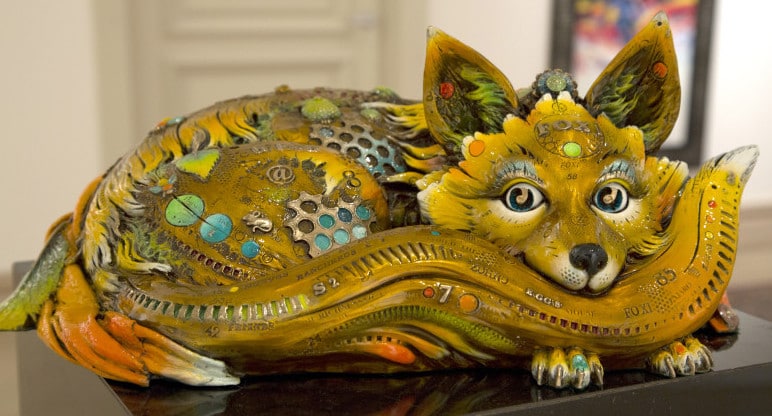
“Foxy” (2012) by Nano Lopez.
Lopez believes he could not have created his popular Nanimals during his early career, saying he wanted to demonstrate the seriousness of his craft at that time. Even so, similar themes are found in his old and newer styles. Upon closer inspection, all of Lopez’s works speak to a deep respect for life and its endless interconnectivity.
The Details That Matter
Many viewers wonder about the significance of the seemingly random details in Lopez’s sculptures—things like words, insects, gears, rocks, and leaves. For the artist, their meanings are two-fold.
Lopez admits he occasionally places symbols into his works impulsively. Some simply add to the rich tapestry of texture he is known for, whether it’s the intricate lines of a gear or the veins of a leaf.
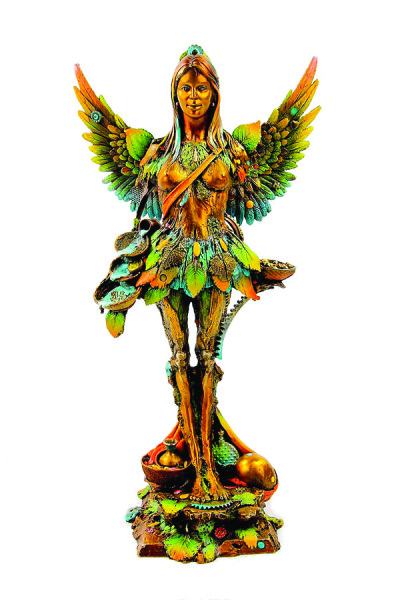
“Maria and the Seeds” (2013) by Nano Lopez.
However, other symbols have specific sub-textual meanings the artist wishes to impart. He utilizes objects like letters and numbers to symbolize aspects of human civilization, such as language, mathematics, and history. Lopez uses circular objects to represent the celestial bodies in our Solar System, and employs creatures like bees and fish to allude to the realms of the air and the sea, respectively.
“The symbolism and the textures in my work, in the most general sense, represent the richness and abundance of the natural world,” Lopez states.
Lost Wax Sculptures
The artist works in what is known as the “lost wax” process, a technique as intricate and fascinating as Lopez’s creations. What begins as a concept sketch eventually transforms into a colorful bronze sculpture.
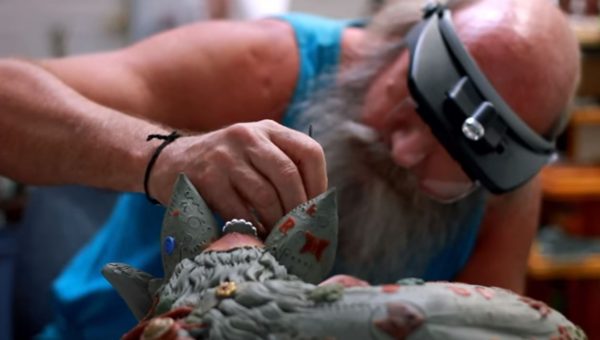
Nano Lopez works on his “Foxy” sculpture (Image courtesy of Tangent Media Group)
Lopez sculpts with clay to bring his artistic vision to life. He then casts a silicone mold from this original sculpture, and then pours wax into this mold to create a wax version of the sculpture. The wax version is coated in multiple layers of liquid ceramic and placed in a kiln. The name of the technique is derived from how the wax melts out of the ceramic mold.
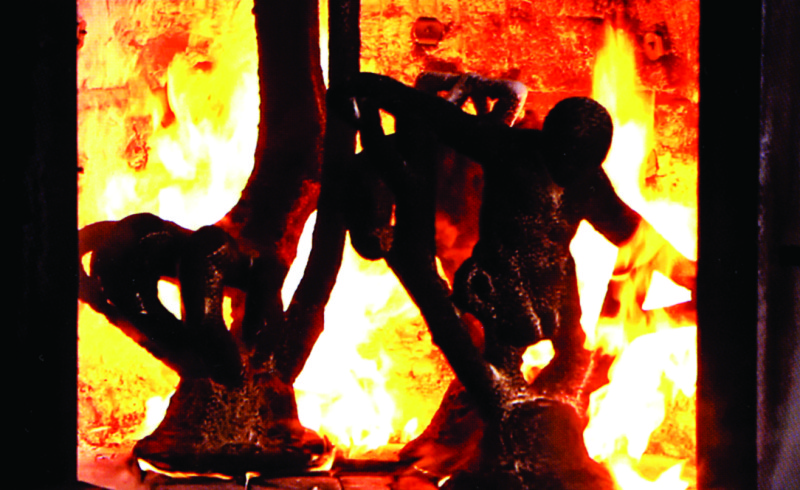
Wax leaving the ceramic shells in the kiln gives the “lost wax” sculpting technique its name.
From there Lopez forms a bronze version of his design by pouring molten bronze into the ceramic shell. Once cooled, this final sculpture is cleaned, polished, and painted, all of which is finished with a protective clear coating. Each sculpture takes many months to complete.
For information on how to collect the sculptures of Nano Lopez, contact our gallery consultants at (800) 521-9654 ext. 4 or sales@parkwestgallery.com.




